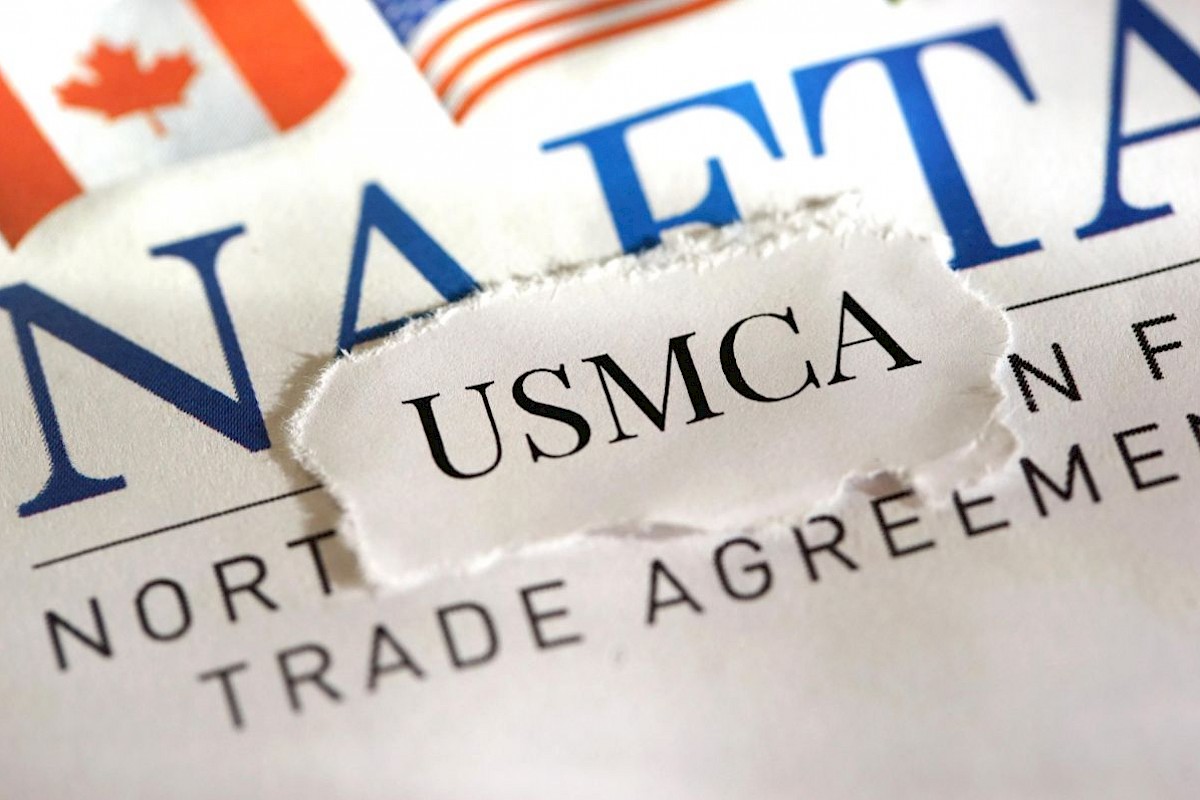Potential Section 232 Tariffs post USMCA


July 1, 2020
After the USMCA free trade agreement entered into force on July 1st, we look at potential upcoming trade barriers, which might adversely affect the relationship between these three countries.
The USMCA's purpose is to liberalize trade between the United States, Mexico, and Canada to create a fair playing field, but the U.S. is now looking at reinstating the Canadian aluminum tariff due to rising exports into the country.
This move might invite retaliation from the northern neighbor considering that the agreement does not contain language prohibiting the levying of Section 232 tariffs on aluminum but is addressed by various side letters between the three countries.
In terms of who has the ace up their sleeve, it is crucial to keep in mind that the USMCA agreement advances U.S. agriculture interests in Canada for dairy, poultry, and egg exports, including market access gains for new tariff-rate quotas. Great news for the American farmer and agribusiness, but a retaliatory move by Canada could jeopardize this benefit, which has been thought of as one of the better parts of the trade agreement. Canada is the largest destination for U.S. agricultural exports, supporting thousands of jobs in the United States. Canada also sets dairy prices based on the average cost of production handled through a regulated tariff-quote system (TRQs). As outlined in the agreement, Canada is supposed to provide new tariff rate quotes exclusively for the United States.
Canada was already at a disadvantage under these terms as the USMCA opens almost 4% of its dairy market to the U.S.- an industry that was available solely to Canada's domestic market. The timing of the potential application of aluminum tariffs to Canadian originating goods also coincides with the fact that the dairy industry's quota year begins this summer in August. The fact that the USMCA goes into effect on July 1st, also means that the 12-month period the dairy industry was counting on to adjust to the new terms of the USMCA will be cut to one month.
In regards as to how Section 232 is addressed in the USMCA side letters, the U.S. will need to provide Canada with a 60-day consultation period before Section 232 tariffs can be applied. During those 60 days, the U.S. and Canada will have the opportunity to negotiate based on the industry's needs and trading patterns. An essential part of the side letter is that if the United States takes a measure under Section 232 that is inconsistent with the USMCA, NAFTA 1994, and the WTO Agreement, Canada may bring an action of equivalent effect in response.
Considering how USMCA addresses agriculture and dispute resolutions, a potential retaliatory move could involve Canada taking its dairy concessions under the TRQ system and falling short of the allocations promised under the USMCA, a move that could hurt the U.S. farm industry.
If this does happen, both countries have the right under Chapter 20 of the agreement to take further action, but it does not guarantee immediate recourse. Considering the 60-day negotiation period addressed in the USMCA's side letters, the likely conclusion of this matter will end up being further negotiation to forgo additional tariffs as an additional 10% tariff is not sustainable for either country, both benefit from an integrated aluminum market in several industries.
If you would like to know more about the USMCA, please reach out to our Trade Advisory team here.
Let one of our client advocates build a solution that fits your logistics needs.
